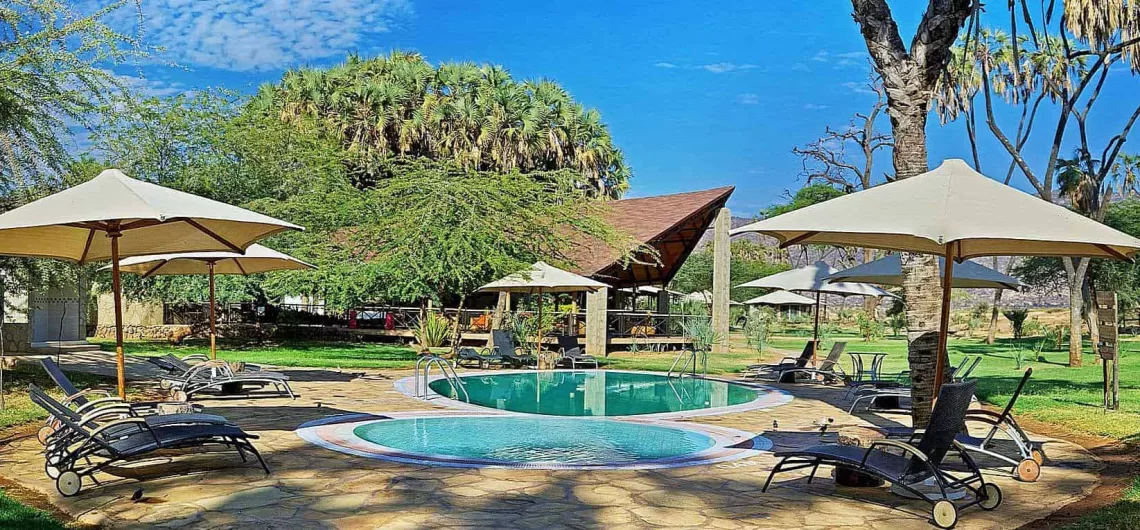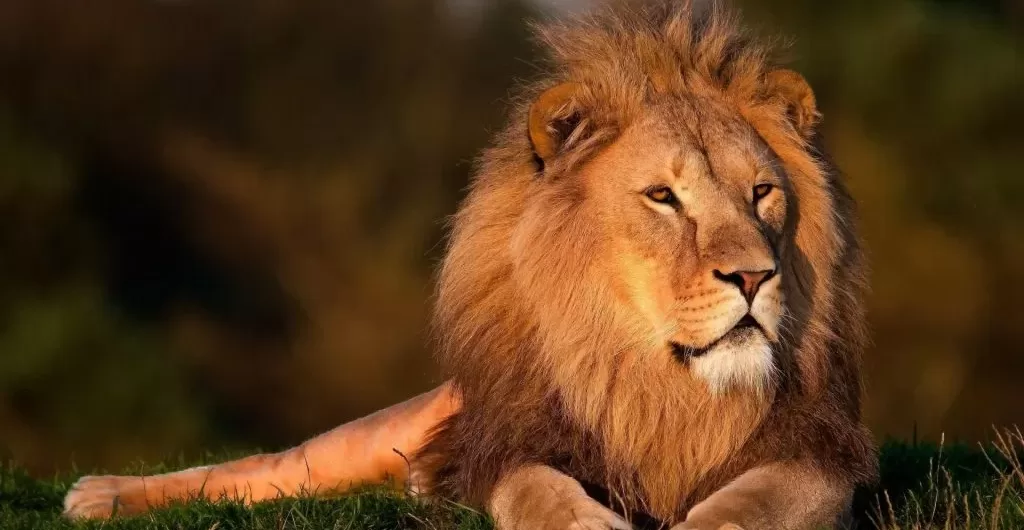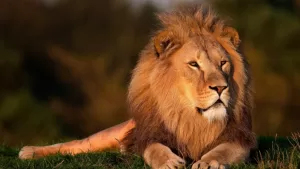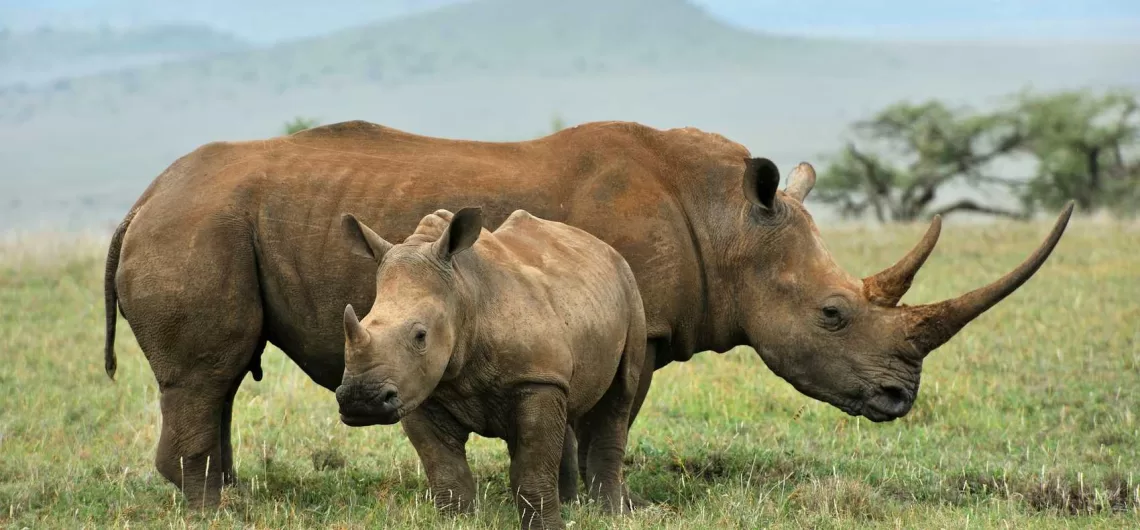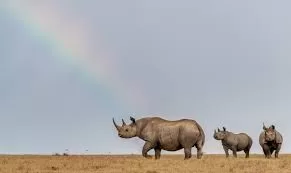Ashnil Samburu Camp
Ashnil Samburu Camp, located in the Samburu National Reserve in Kenya, offers a luxury tented camp experience. The camp features 30 tents designed with a contemporary African style, equipped with en-suite bathrooms, hot showers, and private balconies. The Ewaso Nyiro River spreads out the tents, providing a constant source of water for the wildlife in the area.
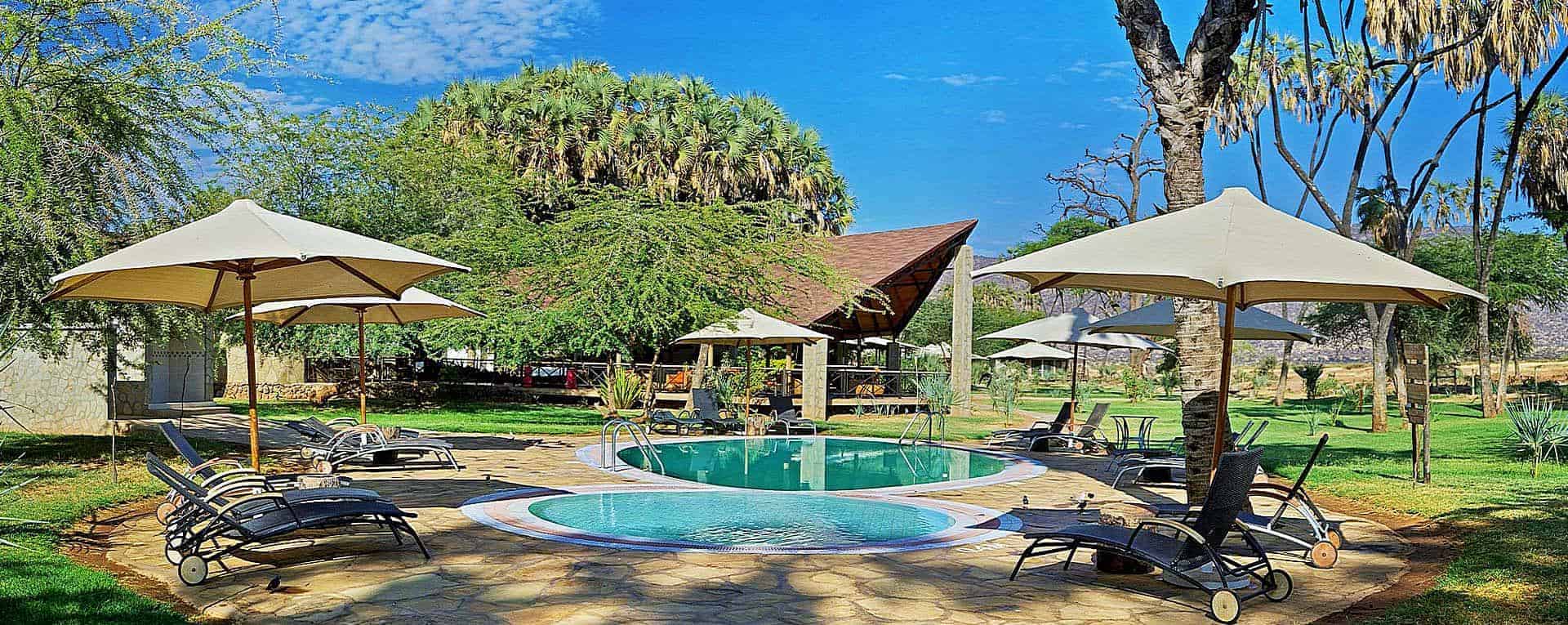
Ashnil Samburu Camp is known for its excellent game viewing opportunities. As the reserve is home to a wide variety of wildlife, including lions, leopards, cheetahs, elephants, giraffes, and a number of unique species found only in the Samburu ecosystem. The camp is also committed to sustainable tourism practices. And has implemented a number of initiatives to reduce its environmental impact and support the local community.
Activities
Ashnil Samburu Camp is located in Samburu National Reserve in Kenya. And it offers a variety of activities for guests to enjoy during their stay. Some of these activities include:
- The camp’s guides offer morning and evening game drives, where guests can see a variety of wildlife, including elephants, lions, leopards, and buffalo.
- Nature walks: Guests can take guided nature walks in the surrounding areas, where they can learn about the plants and animals of the region.
- Cultural visits: Guests can visit nearby Samburu villages to learn about the local culture and customs of the Samburu people.
- Bird watching: The reserve is home to over 450 species of birds, making it a popular destination for bird watchers.
- Sundowners: Guests can enjoy drinks and snacks while watching the sunset over the reserve.
- Bush breakfasts and dinners: Guests can enjoy meals in the bush, surrounded by nature and wildlife.
- Swimming: The camp has a swimming pool for guests to relax and cool off in after a long day of activities.
Overall, Ashnil Samburu Camp offers a variety of activities for guests to enjoy, ranging from wildlife viewing to cultural experiences to relaxation by the pool.
Contacts
Address: Ashnil Samburu Camp, Buffalo Springs Game Reserve, Samburu, Kenya
Phone: +254 725 289 430, +254 733 333 909
Email: samburu@ashnilhotels.com
Website:
